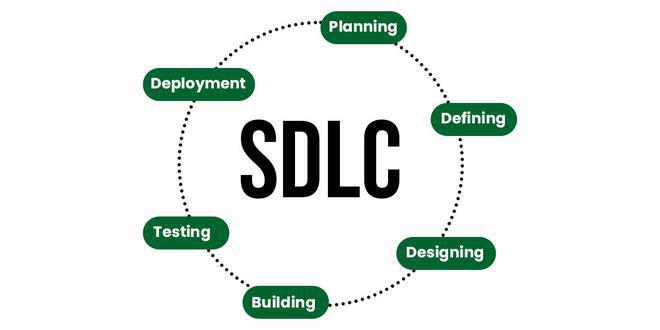Software development is the process of creating, designing, deploying, and maintaining software applications. It involves various stages, methodologies, and tools to produce functional and efficient software solutions that meet specific requirements. Here's a breakdown of some key aspects of software development:

- planning and Requirements Gathering: This initial phase involves understanding the needs of the users or clients and defining the scope of the project. It includes gathering requirements, analyzing them, and creating a plan for how the software will be developed.
- Design: In this phase, the software architecture is designed, including the overall structure, user interface, data models, and any necessary algorithms or logic. Design decisions made here greatly influence the functionality and scalability of the final product.
- Implementation/Coding: This is where the actual coding of the software takes place. Developers write code according to the design specifications, following best practices and coding standards. Depending on the project, multiple programming languages and frameworks may be used.
- Testing: Testing is a crucial phase to ensure the quality and reliability of the software. It involves various techniques such as unit testing, integration testing, system testing, and acceptance testing. The goal is to identify and fix any defects or bugs before the software is released to users.
- Deployment: Once the software has been thoroughly tested and approved, it is deployed to the production environment where users can access and use it. Deployment may involve setting up servers, configuring networks, and installing the necessary software components.
- Maintenance and Updates: Software development doesn't end with deployment. Maintenance involves monitoring the software for any issues, providing technical support to users, and releasing updates or patches to address bugs, improve performance, or add new features.
Several methodologies guide the software development process, including:
- Waterfall: A linear and sequential approach where each phase is completed before moving to the next.
- Agile: Emphasizes flexibility and collaboration, with iterative development cycles and frequent feedback from stakeholders.
- Scrum: A specific agile framework that organizes work into sprints, typically lasting 2-4 weeks, with a focus on delivering small, incremental improvements.
Additionally, there are various tools and technologies used in software development, such as version control systems (e.g., Git), project management software (e.g., Jira), integrated development environments (IDEs), and continuous integration/continuous deployment (CI/CD) pipelines.
Overall, software development is a complex and dynamic field that requires a combination of technical expertise, creativity, and problem-solving skills to deliver high-quality software solutions that meet the needs of users and businesses alike. Read more... for more topics.